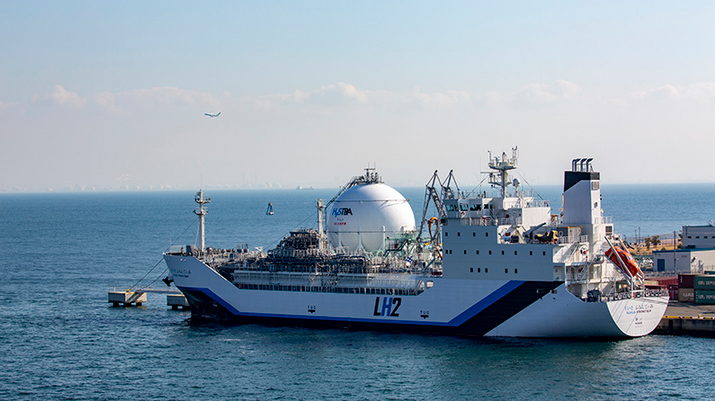3.3 Hydrogen Transportation
Transportation
Transportation via trucks and trains
The transport of gaseous hydrogen is currently mainly carried out with the help of so-called tube trailers. Thereby, compressed gaseous hydrogen is stored in bundles of tube-shaped pressure tanks. These tube bundles are installed on truck trailers but can also be used for hydrogen transport by freight trains. In recent years, the maximum transport capacity of a single truck could be significantly increased by raising the storage pressure up to 500 bar (see illustration below). If the transport capacity needs to be increased further, liquid hydrogen trailers equipped with a cryo tank are a possible option. Due to the significantly higher volumetric energy density, the amount of energy transported per trailer can be almost quadrupled by using liquid hydrogen.

